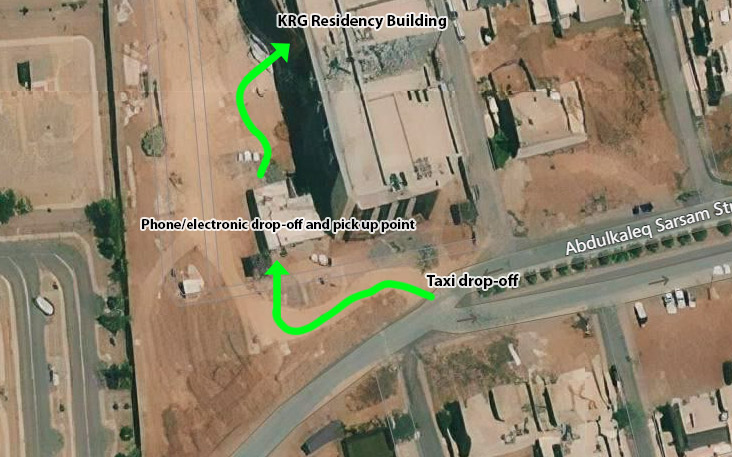Thought Question on Female Genital Mutilation
Question:
Consider the different terminologies used for the cutting of female genitalia, as discussed in the text, “From Outrage to Courage.” Discuss the implications of using these different terminologies:
- Female Genital Cutting
- Female Genital Mutilation
- Female Circumcision
Based on the experience in Sierra Leone and other countries, explain how and why you believe different cultural practices are maintained in a community. Is there any possibility of shifting cultural practices?
Please write 4-5 thoughtful paragraphs. Be sure to save a copy of your writing on your computer so you can access it.
Response:
The implications of these terminologies directly affect how someone interprets the meaning of the procedure, whether it is linguistically negative, positive, or neutral. The term Female Genital Mutilation sets a tone that such a practice is harmful with debilitating consequences, and this explicitly indicates that such a practice is injurious and destructive. By comparison, the terms Female Genital Cutting and Female Circumcision imply a medicalization of the procedure, and such terminology may sound neutral or even provide a positive connotation.
Furthermore, Female Circumcision, as a term, creates a false equivalence by implying the procedure is comparable to male circumcision. While both involve cutting of genitalia, male circumcision does not impair sexual function. In contrast, female circumcision involves partial or total removal of the clitoris, a process termed clitoridectomy, and this procedure commonly carries debilitating outcomes for girls and women (Murray). It cannot be understated how damaging FGM may be; a few of many immediate complications may include hemorrhage, infection, urinary problems, shock, and death, as often the practice is performed in unsanitary conditions by non-medical professionals. Long-term complications often include painful urination, menstrual problems, sexual problems, increased risk during childbirth, depression, anxiety, PTSD, and need for later surgeries, among other severe and life-altering complications (WHO). There is no doubt that FGM is highly destructive and damaging.
Moving to answer the second part of the question: in the context of Sierra Leone, there is an argument by some groups that Western imperial nations are invoking cultural hegemony upon developing nations. This argument would take a cultural relativist position insofar as believing no culture is superior to another (Danial). They assert there are no universal moral principles and that moral views are relative to the individual and society of a particular culture (2). Conversely, the UN, through various conventions, including UDHR and CEDAW, takes a global feminist or universalist approach that asserts that all humans are inextricably linked within a global community and that human rights are universal (3).
With that in mind, proponents of the practice have argued that due to local cultures linking a woman’s femininity to having undergone FGM, girls and women who do not complete this procedure may be alienated from their community and disadvantaged. Nonetheless, this does not remove from the equation that the practice is harmful and dangerous and may leave women unable to participate in the community if they are injured or die during the procedure. In addition, there is a strong argument that cultural relativism is fundamentally flawed as a philosophical principle.
Dominic Wilkinson, Director of Medical Ethics at the University of Oxford, succinctly addresses cultural relativists. He iterates over James Rachel’s assertion against cultural relativism, where Rachel demonstrates that the approach is flawed and the conclusions do not follow the premises. Citing examples, he shows that cultural relativism would justify the holocaust in Nazi Germany. Societies make moral progress over time, such as banning slavery, which must be considered. Furthermore, he examines how much weight should be given to the cultural value of a particular practice and suggests that no weight to cultural value should be considered in ethical debates. Culture is not immutable – it is possible to change coming-of-age rituals so that they do not harm girls or women.
Finally, in the video discussion with Isha Daramy regarding FGM in Sierre Leone and the so-called “secret societies,” she suggests a solution. She believes the practise would die out naturally when girls and women are educated on the consequences of FGM. She proposes a middle ground, where neither condoning nor condemning the practice, but rather making available the correct information about its implications and history may lead to a decline and FGM (Baer and Brysk). Given that many women and men are not aware of its impact, compounded with a fundamental misconception about its historical associations, it is argued that education may be the best tool for ending this harmful practice in countries where the culture has resisted change. While this argument has strong merits, it needs to be considered that +4 million girls undergo FGM each year (UNICEF); therefore, many do not have the luxury of waiting for it to “naturally” die out as a cultural practice. We must, instead, be forever proactive.
Bibliography
Ameyaw, Edward Kwabena , et al. “Female genital mutilation/cutting in Sierra Leone: are educated women intending to circumcise their daughters?” BMC International Health and Human Rights (2020).
Baer, Madeline and Alison Brysk. “New rights for private wrongs: Female genital mutilation and global framing dialogues.” The International Struggle for New Human Rights (2010): 93-107.
Danial, Sandra. “Cultural Relativism vs. Universalism: Female Genital Mutilation, Pragmatic Remedies.” Prandium – The Journal of Historical Studies (2013): 1-10. <https://jps.library.utoronto.ca/index.php/prandium/article/view/19692>.
Daramy, Isha. Isha Daramy on FGM in Sierra Leone. 2013. Digital. Murray, Anne Firth. “Chapter 3 – Childhood: the Hope of Education and the Persistence of Discrimination.” Murray, Anne Firth. Outrage to Courage. 2013. 37-72.
UNICEF. “Female genital mutilation <https://www.unicef.org/protection/female-genital-mutilation>
WHO. “Female genital mutilation key facts” (21 Jan 2022) <https://www.who.int/news-room/fact-sheets/detail/female-genital-mutilation>
Wilkinson, Dominic. “Cultural relativism and female genital mutilation” (7 Feb 2014) <http://blog.practicalethics.ox.ac.uk/2014/02/cultural-relativism-and-female-genital-mutilation/>







